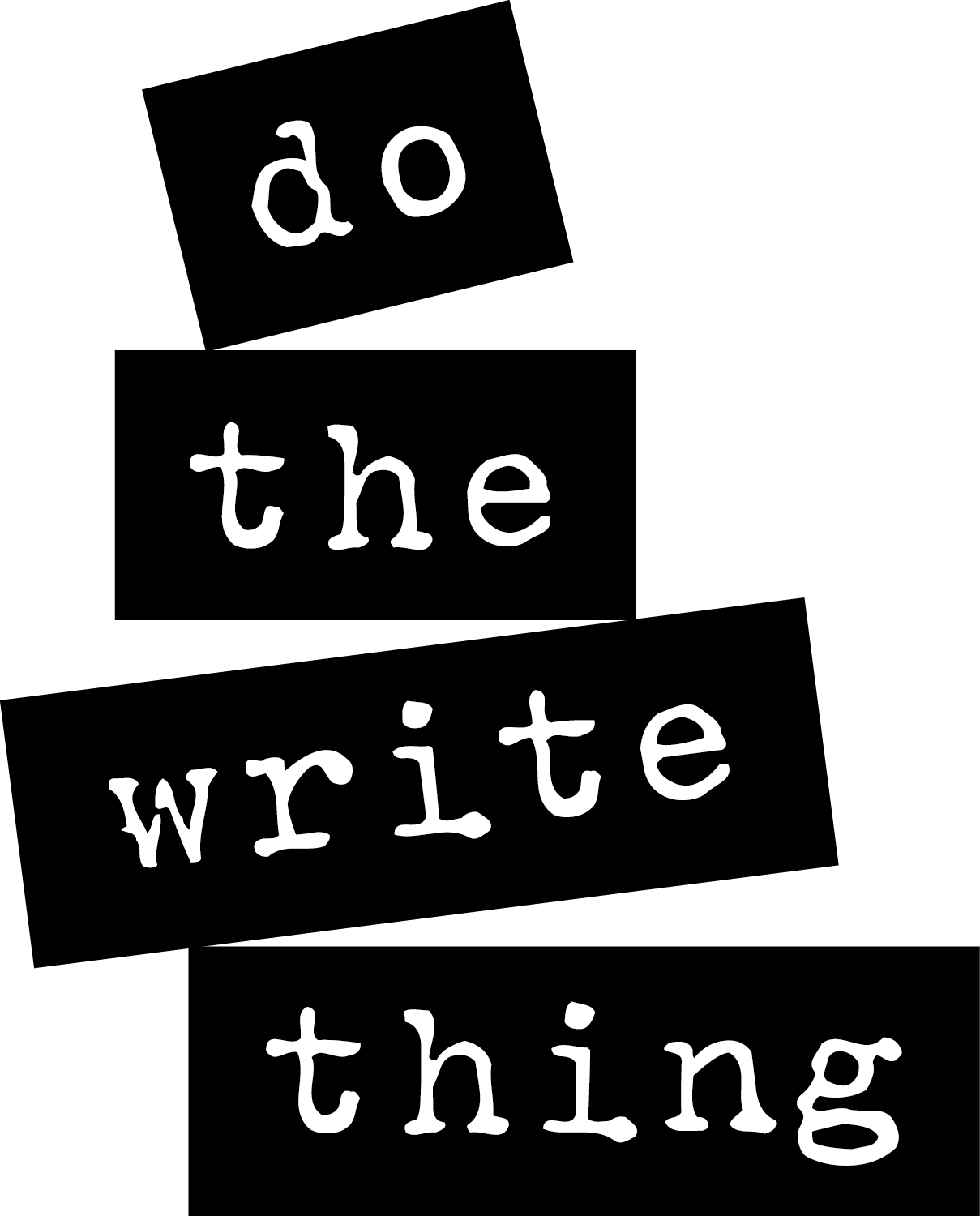policies, procedures and guidance
Policies, procedures and guidance are often written in an overly-bureaucratic, overlong and jargon-filled. For some reason we think this is the “professional” way to do them.
Our approach is very different. We write policies, procedures and guidance as if we are talking to staff, not talking at them. And we use clear, simple examples to show staff what this all looks like in practice. Our policy on this is clear: if you see it, you can get it; and if you get it, you can do it.
Policies, procedures and guidance will be read, understood and followed if they are easy to read, easy to understand and easy to follow.
analysis example:
Why have guidance like this…
The social care assessment has three inter-related domains, each of which has a number of critical dimensions which can have influence upon the care provided to the child. The interaction of these dimensions can often be intertwined with each other and clear consideration and exploration throughout the assessment is required, with reflection upon the analysis of risk, to ensure a comprehensive and detailed analysis to understand the daily lived experience of the child in question and what intervention may be necessary to improve outcomes for the child.
when it could be like this...?
Once you have gathered all your facts and other evidence for your assessment you will now need to analyse (that is, assess) them.
Workers are often unsure about analysis. But all you are doing is trying to make sense of the evidence. What is it telling you? What does it mean? What is positive and what is negative – and why? What are the risks? What might happen if we don’t do something about it?
Ultimately, you are trying to work out (based on the evidence) what it must be like to be the child living in that home.
So, to illustrate this let’s use a small example. Below is part of an assessment. Let’s pretend it’s all we have and work it through. Our example (a real one) reads:
chronology example:
Why have guidance like this…
2. What is a chronology?
2.1 A chronology is a tool that practitioners from a range of disciplines can use to help them understand what is happening in the life of a child, adult or family. Simplistically it is a list, in date order of all the major changes and significant events in a child’s, adult’s or family’s life. It provides a brief and summarised account of events to give an immediate overview.
2.2 Chronologies can be compiled by a single agency or be multi agency/integrated, pulling together the knowledge and information held by agencies involved with the child, adult and family. They can also represent significant events regarding a child, a sibling group, an adult or a family.
2.3 Chronologies in themselves are not an assessment; however they are a useful part of an assessment. The chronology should not replace case notes or records which include more detailed and sensitive information. There should be a clear distinction between the case record and the chronology.
when it could be like this...?
1 What is a social work chronology?
1.1 A social work chronology is:
- a list in date order of significant events in a child or young person’s life; and
- a concise record of fact.
1.2 We have two chronologies in Coventry: a case file chronology and a court chronology (see section 6).
2 Why do we need chronologies?
2.1 We need chronologies because they:
- help our understanding of the child or young person;
- provide a useful overview of our cases;
- encourage us to work more closely with children, young people and families;
- help us to keep on top of our cases and review our thinking; and
- are nationally recognised and required as good practice.
do the write thing: (e) office@dothewritething.co.uk

